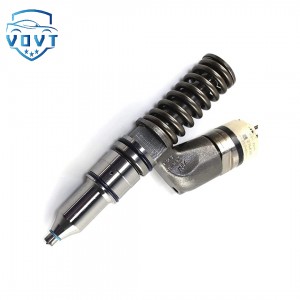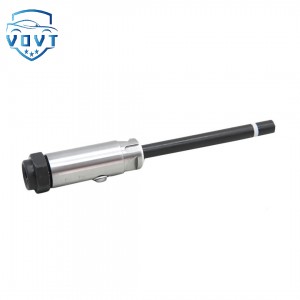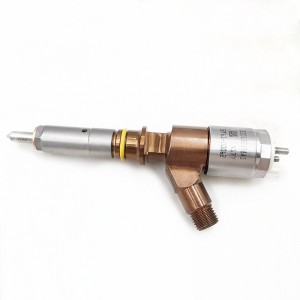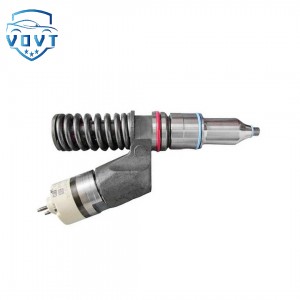High Quality Diesel Fuel Injector 236-0962 Common Rail Injector Engine Parts
Products Description
| Reference. Codes | 236-0962 |
| Application | 236-0962 engine injectors |
| MOQ | 4PCS |
| Certification | ISO9001 |
| Place of Origin | China |
| Packaging | Neutral packing |
| Quality Control | 100% tested before shipment |
| Lead time | 7~10 working days |
| Payment | T/T, L/C, Paypal, Western Union, MoneyGram or as your requirement |
How to judge whether the spray shape of diesel injector is good
Judging whether the diesel injector spray shape is good or not can be started from the following aspects:
Observe the spray appearance
Shape regularity: A good spray shape should present a specific, relatively regular geometric shape, such as a cone. Taking the common hole-type injector as an example, its spray should be a relatively uniform and symmetrical cone under normal circumstances, and the oil mist sprayed from each nozzle should be able to form a complete and regular shape together, without obvious distortion, skewness or partial loss.
Uniformity of oil beam distribution: The oil beam in the spray should be evenly distributed, and the fuel sprayed from the injector should be evenly dispersed in the entire spray cone angle range. There should not be a situation where the oil beam is dense in some places and sparse or even absent in some places. For example, in a multi-hole injector, the oil beam sprayed from each nozzle should be clearly visible and evenly distributed, and the intervals between adjacent oil beams should be basically the same.
Atomization fineness: A good spray should be composed of very fine oil droplets. The oil mist should be delicate and soft to the naked eye, without obvious large particles of oil droplets or oil columns. When the injector atomizes the fuel very finely, the contact area between the oil droplets and the air increases, which is conducive to the full mixing of the fuel and air and improves the combustion efficiency.
Check the spray angle
Angle accuracy: Different types of injectors are designed with specific spray cone angles, such as 150°, 160°, etc. The actual spray angle should be consistent with the design value, and the deviation should usually be within ±5°. The spray cone angle can be measured at a specific observation position by a dedicated angle measurement tool, such as a protractor.
Angle stability: During the operation of the injector, the spray cone angle should remain relatively stable and should not fluctuate or change significantly. A stable spray cone angle helps to ensure uniform distribution of the fuel in the combustion chamber and good combustion effect.
Check the penetration distance of the spray
Distance rationality: The spray penetration distance refers to the distance from the injector nozzle to the front end of the spray. Under normal operating conditions, the spray penetration distance should meet the design requirements of the engine. Generally speaking, for medium-speed diesel engines, the spray penetration distance may be between 50-150 mm.
Consistency: During multiple injections, the spray penetration distance of each injection should remain basically consistent, and its deviation should be within a reasonable range, generally not exceeding ±10% of the average value.
Consider injection pressure and flow factors
Pressure matching: The injection pressure of the injector has an important influence on the spray shape. Different injector models have different optimal injection pressure ranges. For example, the common common rail injector may have an injection pressure between 100-200MPa. When the injection pressure is within the optimal range, the spray shape is usually better.
Flow stability: Within a certain injection time, the fuel flow of the injector should remain stable, which helps to maintain the consistency of the spray shape. The flow characteristics of the injector can be tested by the fuel flow test bench to check whether it meets the specified flow range and flow stability requirements.
Use professional equipment for detection
With the help of spray visualization system: Using visualization technologies such as high-speed photography and laser scattering, the instantaneous shape and dynamic change process of the injector spray can be clearly captured. By analyzing the captured images or data, it is possible to accurately judge whether the spray shape is good and whether there are any abnormalities.
Use of injector test bench: On the injector test bench, the actual working conditions of the engine can be simulated to conduct a comprehensive and accurate test of the spray characteristics of the injector. The test bench can accurately control parameters such as injection pressure and injection time, and measure and analyze various indicators of the spray through corresponding sensors and measuring devices.























